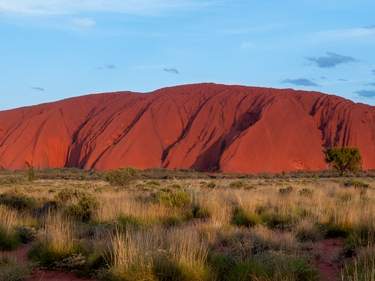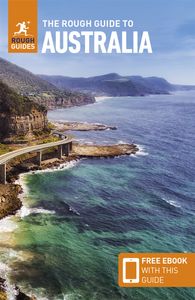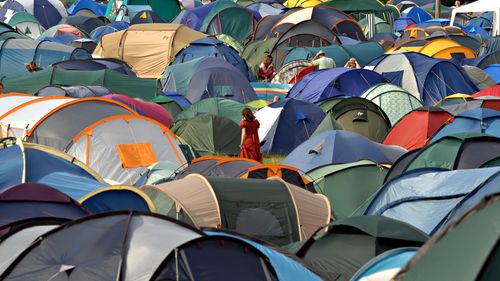Aboriginal Brisbane
John Oxley recorded that the Brisbane Aborigines were friendly; in the early days, they even rounded up and returned runaways from the settlement. In his orders to Oxley on how to deal with the indigenous peoples, Governor Brisbane admitted, though in a roundabout way, that the land belonged to them: “All uncivilized people have wants … when treated justly they acquire many comforts by their union with the more civilized. This justifies our occupation of their lands.”
But future governors were not so liberal, and things had soured long before the first squatters moved into the Brisbane area and began leaving out “gifts” of poisoned flour and calling in the Native Mounted Police to disperse local Aborigines – a euphemism for exterminating them. In the later part of the nineteenth century, survivors from these early days were dispossessed by the Protection Act (in force until the 1970s), which saw them rounded up and relocated onto special reserves away from traditional lands.
A trace of Brisbane’s Aboriginal past is found at the Nudgee Bora Ring about 12km north of the centre at Nudgee Waterhole Reserve, at the junction of Nudgee and Childs roads. Last used in 1860, two low mounds where boys were initiated form little more than an icon today, and you’ll probably feel that it’s not worth the trip. More rewarding are the several Aboriginal walking trails at Mount Coot-tha; the City Hall information desk has leaflets on these which explain traditional uses of the area.
Accommodation
As Australia’s fastest-growing city, Brisbane has a shortage of inner-city accommodation, with hostels bursting with travelling casual workers, and the luxury boutique apartments often rented long-term by the expanding business and law fraternity. You should book at least a week ahead, longer if your visit will coincide with the Brisbane Cup horse race in June, the Royal Queensland Show (the “Ekka”) in August, or the week-long Brisbane Festival in September. Prices at high-end places may drop at weekends and during December and January, due to the scarcity of business customers and competition from the Gold Coast.
Brisbane Festivals
Brisbane Festival September brisbanefestival.com.au. World-class arts festival with music, theatre, comedy, dance, opera and circus events held across the city.
Brisbane Writers Festival September bwf.org.au. Four days of talks, readings, workshops and fringe events.
Fête de la Musique June fetedelamusiquebrisbane.com.au. Free outdoor performances across the city to commemorate World Music Day.
Northern Exposure October brisbears.org.au. Seven days of gay-friendly events.
Pride Festival September gayprideaustralia.com.au. Month-long celebration of Gay Pride.
Queensland Music Festival July qmf.org.au. Biennial state-wide musical events.
Supafest April supafest.com.au. Australia’s largest urban music festival.
The Brisbane River
The sluggish, meandering Brisbane River is, at four hundred million years old, one of the world’s most ancient waterways. It flows from above Lake Wivenhoe – 55km inland – past farmland, into quiet suburbs and through the city before emptying 150km downstream into Moreton Bay. Once an essential trade and transport link with the rest of Australia and the world, it now seems to do little but separate the main part of the city from South Brisbane; though it’s superficially active around the city centre, with ferries and dredgers keeping it navigable, most of the old wharves and shipyards now lie derelict or buried under parkland.
If the locals seem to have forgotten the river, it has a habit of reasserting its presence through flooding. In February 1893 cyclonic rains swelled the flow through downtown Brisbane, carrying off Victoria Bridge and scores of buildings: eyewitness accounts stated that “debris of all descriptions – whole houses, trees, cattle and homes – went floating past”. This has since been repeated many times, notably in January 1974 when rains from Cyclone Wanda completely swamped the centre, swelling the river to a width of 3km at one stage. Despite reminders of this in brass plaques marking the depths of the worst floods at Naldham House Polo Club, the construction of the Lake Wivenhoe dam, completed in 1984, gave property developers (and their insurers) the confidence to build some of Brisbane’s poshest homes beside the river, notably at Yeronga, Graceville and Chelmer, southwest of the centre. However, the dam couldn’t contain the sheer volume of rain that fell in January 2011 and the river burst its banks once again, causing millions of dollars’ worth of damage. Disastrous though this was, renovation work proceeded speedily and most buildings and services had reopened within a few weeks.




















